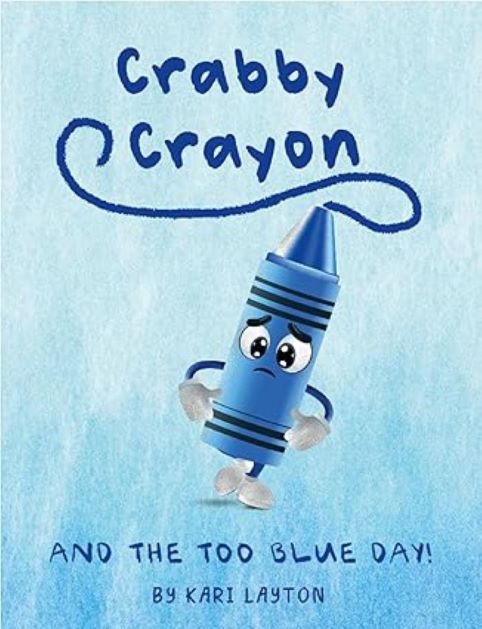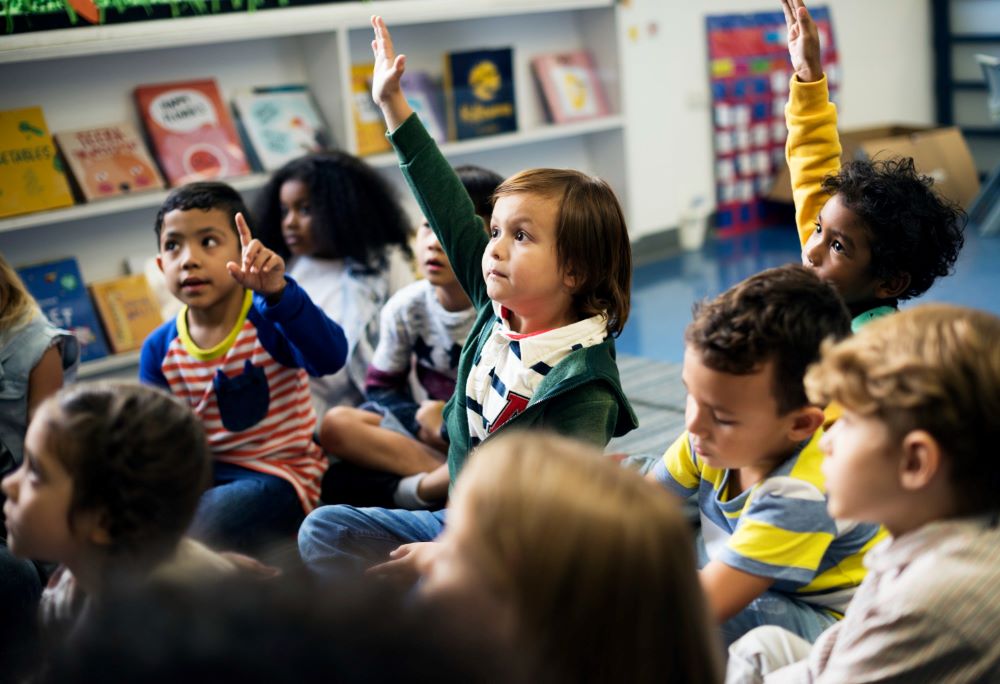Teamwork and collaboration are more crucial in today’s world than ever. Mastering these skills early on enhances students’ educational experience and prepares them for the professional challenges ahead. Effective teamwork and collaboration in the classroom can transform learning from a solitary endeavor into a dynamic, interactive experience.
Here are some activities that foster cooperative learning and why they’re so beneficial.
1. Group Projects: A Classic Approach
Group projects are a staple in collaborative learning. When students work together on a project, they learn to delegate tasks, share resources, and combine their unique skills to achieve a common goal. This activity encourages students to communicate effectively, resolve conflicts, and build consensus. To make group projects even more engaging, consider incorporating roles like leader, researcher, or presenter so each member contributes in a structured way.
2. Peer Teaching: Learning Through Teaching
Peer teaching is a powerful method for reinforcing concepts. Students take turns explaining a topic or concept to their classmates in this activity. This helps the student teaching solidify their understanding and gives the rest of the class a fresh perspective. Peer teaching promotes a collaborative atmosphere where students feel more comfortable asking questions and exploring ideas.
3. Jigsaw Activities: Piecing It All Together
The jigsaw method is a collaborative strategy where each student becomes an “expert” on one part of a topic. After studying their assigned segment, students come together in groups to share their findings and piece the complete picture. This activity requires each student to contribute knowledge, fostering a sense of responsibility and encouraging cooperative learning. It’s an effective way to ensure every student is engaged and accountable.
4. Think-Pair-Share: Quick and Effective
Think-Pair-Share is a simple yet effective activity that encourages students to think about a question individually, discuss their thoughts with a partner, and then share their insights with the class. This process helps students articulate their ideas, listen to others, and collaborate to understand the topic better. It’s a great way to promote active participation and teamwork in a structured setting.
5. Collaborative Problem Solving: Tackling Challenges Together
Collaborative problem-solving tasks involve students working together to find solutions to complex problems. These activities range from solving mathematical puzzles to planning a community service project. By tackling challenges as a team, students learn to leverage each other’s strengths and work through difficulties together, which mirrors real-world scenarios and builds essential life skills.

Building a Collaborative Classroom Culture
Fostering teamwork and collaboration in the classroom is essential for developing students’ social and academic skills. Educators can create an environment where students thrive through cooperation by incorporating activities like group projects, peer teaching, jigsaw exercises, Think-Pair-Share, and collaborative problem-solving. These experiences enhance learning and prepare students for future success in both their personal and professional lives.
Discover how teamwork can transform challenges into triumphs in Kari Layton’s “Crabby Crayon and the Too Blue Day!” A heartwarming tale that teaches diversity and how together we can achieve the wonders of this life. Grab your copy now to inspire your little ones with the power of collaboration.

